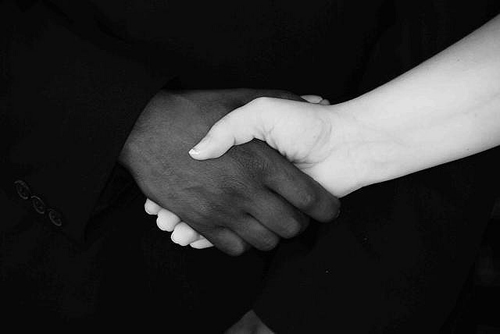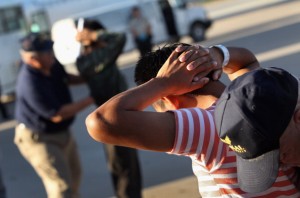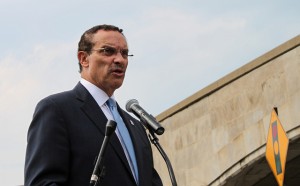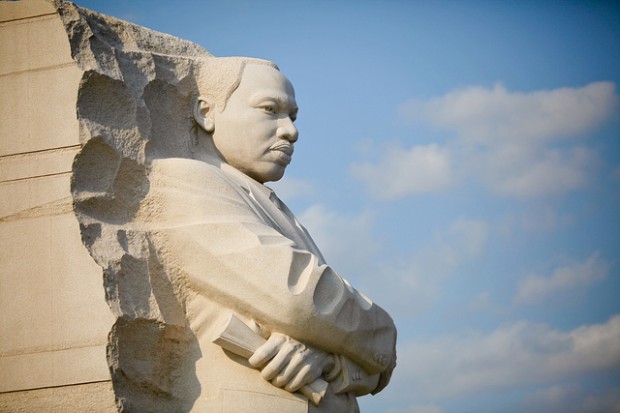It’s well documented that poverty and bad health have a strong connection. A team of researchers wondered if simply moving from a low income to middle class neighborhood could make a person healthier.
Turns out that it does, according to a new study published in the New England Journal of Medicine does. The U.S. Department of Housing and Urban Development researchers studied three groups. One group stayed in poor neighborhoods. Another group received rent subsidies to move into middle class neighborhoods. The third group received the same subsidies to help with rent, but remained in poor neighborhoods. The results: the group who moved to the middle class neighborhood were 5 percent less likely to be obese and show signs of diabetes. The people who stayed in the poor neighborhoods, even with the help of extra money, experienced no improvement in health.
From ScienceNOW:
The experiment clearly shows that the neighborhood effect is real, says Nicholas Christakis, a sociologist at Harvard Medical School in Boston who studies the effect of social ties on health, but the mechanisms remain murky. Is it the shops and restaurants, the parks and pools, he wonders, “or the people in a neighborhood that affect you most?” For example, Christakis says, the people who moved might have lost weight because safer streets and open spaces “allowed them to walk outside more, or because they saw thinner people around them, or both.”
Even if a neighborhood has plenty of recreational facilities and opportunities, it doesn’t mean people will take advantage of them. Research shows the fear of violence discourages people from being active outside. People are less likely to walk, bike or let their kids play outside. That rings true in D.C., where Ward 8, the ward with the most violent crime thus far this year, also has the lowest physical activity rate. We may have plenty of food deserts, but we also have our fair share of exercise deserts.












